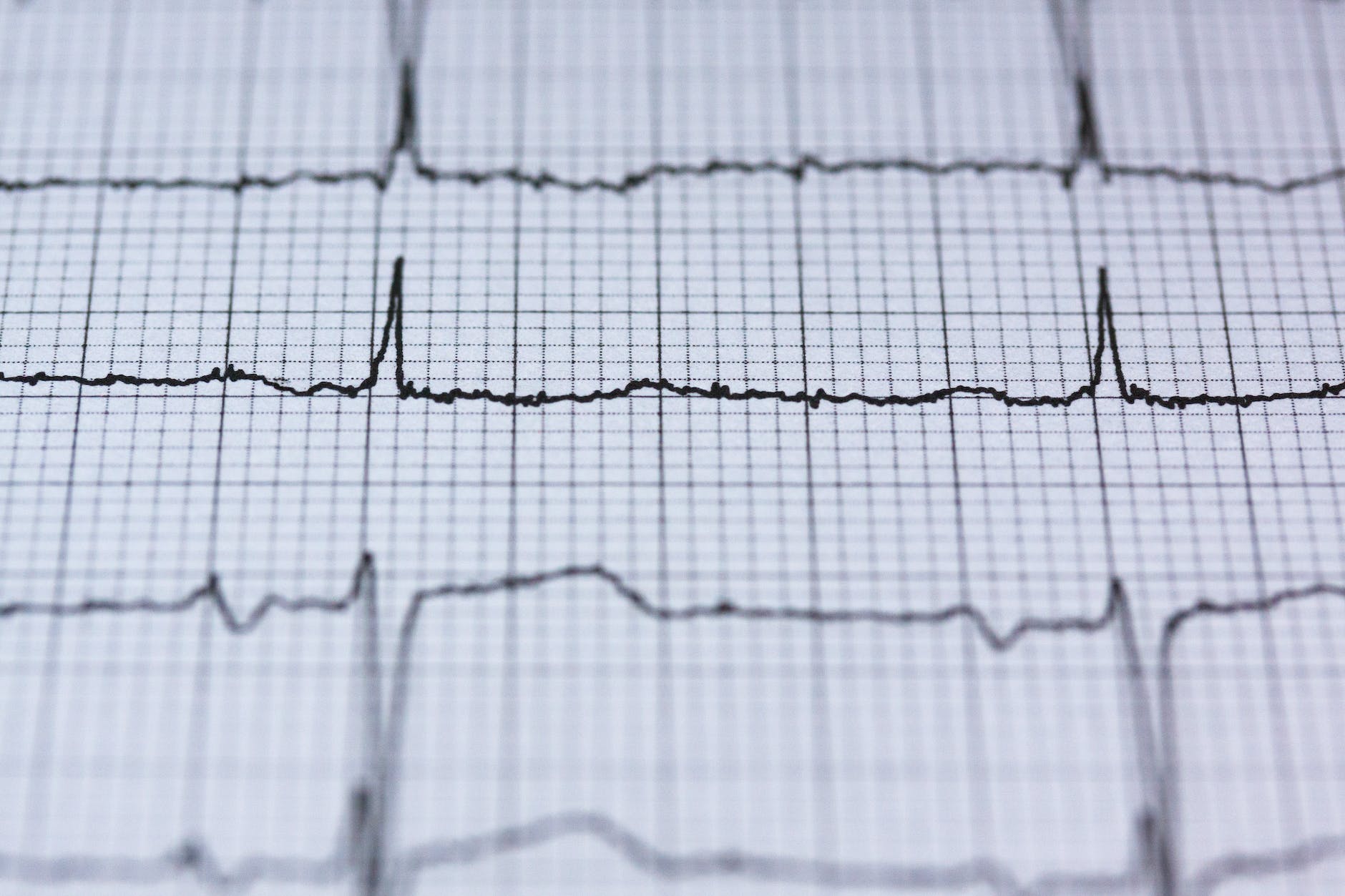
Electronic Health Records (EHR) in Healthcare
Electronic Health Records (EHR) are often an easy target for data breaches as they contain sensitive and private information about a patient. Techniques like data masking play a crucial role in safeguarding the confidentiality of EHR while allowing legitimate access for authorized personnel.
Electronic Health Record (EHR) breaches occur due to technical vulnerabilities, human errors, and malicious intent. Understanding the underlying factors can help healthcare organizations better protect their EHR systems.
As of now, the Department of Health and Human Services has received a staggering 331,100 complaints with regard to breaches of privacy. As alarming as these are, it’s the need of the hour to protect Electronic Health Records.
Why Is EHR Breached?
Electronic Health Records (EHR) are valuable and necessary for a wide range of professionals such as healthcare providers, researchers, public health authorities, pharmacists, health consultants, insurance providers, legal professionals, and medical educators.
Often, Electronic Health Record (EHR) breaches occur for various reasons like financial gain, identity theft, and to mine data for predicting trends, medical research, or for marketing purposes.
Mostly, cybercriminals target EHR systems to steal sensitive patient information and sell it on the black market for financial gain. Stolen data can also be used for identity theft, insurance fraud, or other illegal activities.
Patient data, including personal identifiers like Social Security Numbers and medical histories, is used to commit identity theft, open fraudulent accounts, or access medical services under someone else’s name.
To prevent EHR breaches, healthcare organizations should implement a multi-layered security approach through robust access controls, encryption, regular security audits, employee training, incident response plans, and continuous monitoring of network activity.
It’s essential to address technical vulnerabilities, promote cybersecurity awareness, and foster a culture of data protection to mitigate the risk of breaches and safeguard sensitive patient information.
Understanding Data Masking
Data masking is a security technique used to protect sensitive information by replacing, hiding, or transforming original data into fictional or altered values. It is also known as data obfuscation or data anonymization.
Data masking obscures the information in the EHR to secure confidential data from unauthorized access. It transforms the patient’s sensitive data into realistic but scrubbed data for researchers, analysts, and healthcare professionals who require access to patient data for studies and analysis. Masked data can be used for these purposes without exposing the original patient information.
While protecting EHR, we must understand the nuances of data protection. In essence, data masking ensures that sensitive patient information remains private and secure while still enabling authorized individuals to utilize the data for necessary purposes within the healthcare ecosystem.
This balance between data utility and privacy is crucial to maintaining patient trust and meeting regulatory requirements. Now that we’ve established the significance of data masking in protecting EHR in healthcare, let’s explore what is data masking and the various techniques that can be employed.
Different Techniques to Implement Data Masking in EHR
When applying data masking techniques to Electronic Health Records (EHRs), it’s important to consider the type of data in EHRs and the regulations governing their protection. Some of the common data masking techniques that can be used for EHRs are discussed below.
Substitution – The patient’s real name, address, and other personal identifiers are replaced with fictional but realistic values.
Shuffling or Perturbation – Certain sensitive information such as diagnoses, medications, or procedures can be randomly shuffled with some synthetic values to ensure accurate analysis while preventing identification.
Encryption – Encrypt sensitive fields, such as Social Security numbers or medical record numbers, before storing them by implementing encryption keys to enable data retrieval when necessary.
Tokenization – Sensitive data can be replaced with unique tokens that are linked to the original data in a secure manner. To make retrieval easier, a map must be maintained between tokens and original values in a separate and secure database.
Static Data Masking (SDM) – Sensitive data such as Social Security Number, name, and diagnosis is replaced with fictional but realistic values generated by masking algorithms to preserve referential integrity.
Dynamic Data Masking (DDM) – This technique masks data on the fly, dynamically so that senior doctors may view real patient data while junior doctors view only the masked data, which could be the notes left by the senior doctor. Basically, it shows actual data to authorized users alone.
Redaction – This technique permanently blacks out or hides specific sensitive data such as account numbers within a document while retaining the remaining observable context.
Encryption Techniques – It involves encoding data using an algorithm so that only authorized parties can access it. The data remains intact but unreadable without an encryption key to decode it to revert back to its original format.
Anonymization permanently alters the original sensitive fields to break the linkage between data and its owner. The data cannot be traced back to any individual.
When implementing these techniques, it’s essential to ensure that data masking requires striking the right balance between security and data utility. Effective data masking requires that the masked data remains consistent, realistic, and usable for authorized purposes while meeting the legal and regulatory requirements for EHR privacy and security.
Additionally, healthcare organizations should consider involving experts in data privacy, security, and legal compliance to design and implement effective masking strategies.
The Future of Data Protection in Healthcare
Advancements in technology, evolving privacy concerns, regulatory changes, and the increasing need for secure data sharing and analytics shape the future of data masking in Electronic Health Records (EHR).
More sophisticated algorithms, stronger encryption methods, and dynamic masking based on context and user roles will continue to evolve to provide stronger protection against breaches.
Homomorphic encryption, allows computations to be performed on encrypted data without the need to decrypt it first. This enables secure analysis of EHR data while keeping it encrypted, offering a higher level of security.
With the usage of Blockchain technology in almost every sector, this technique ensures the integrity of EHR data. Patient consent, access logs, and data alterations are stored in a tamper-proof and transparent manner, enhancing trust and security.
AI and Machine Learning algorithms can be used to automate the data masking process. AI could learn the patterns of sensitive information and apply masking techniques more effectively.
Instead of applying a uniform masking approach, systems could tailor the masking technique to the individual’s data, preserving necessary attributes while safeguarding sensitive information, and introducing a personalized way of masking.
Cloud-based solutions are becoming prevalent in healthcare. Data masking solutions can be accessed through cloud services, allowing organizations to secure their data without the need for extensive on-premises infrastructure.
With the increasing need for robust data masking and management policies based on core privacy and compliance principles, they will only keep increasing.
Frequently Asked Questions
What is the difference between data masking and data encryption?
Data encryption encodes the data using a key to make it unreadable. It is difficult to read it without a decryption key. Whereas, data masking alters data to conceal the original information without changing its format. The primary difference is that data masking retains data usability after a protection technique is applied.
Are there any legal or regulatory requirements for data masking in healthcare?
Regulations like HIPAA and GDPR which mandate protection of confidential patient data and privacy are crucial in the healthcare industry to protect data.
Can masking data be useful for analysis and research?
Each type of data in EHR has a masking technique and techniques like partial masking and referential integrity checks retain the core relationships between data while removing identifiability.
Final Thoughts
With the growing dependence on digital health records, the threats to patient privacy and health data security continue to rise. Robust and thoughtful implementation of data masking techniques will be critical as healthcare providers navigate security, compliance, and innovation in a complex regulatory environment. By understanding the fundamentals of data protection, healthcare institutions can enhance their security posture while harnessing sensitive data for improved care.






